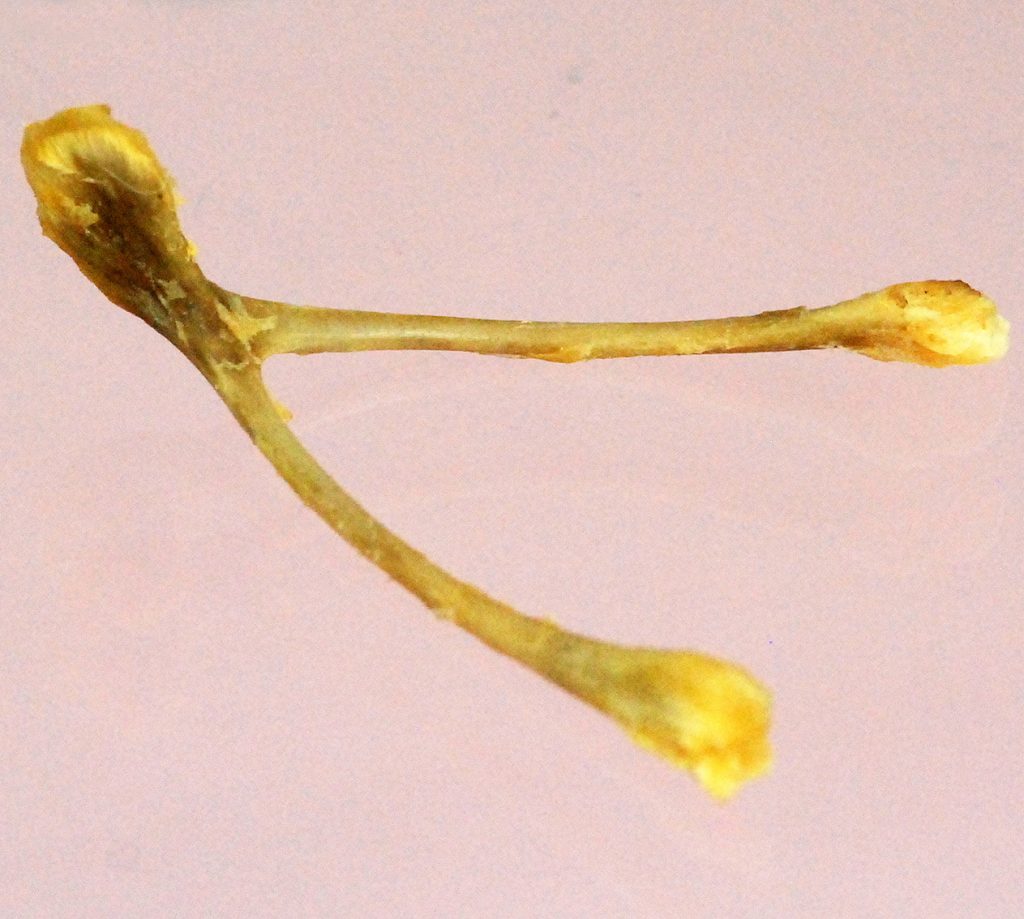
Tentative & Durable Science knowledge changes and endures


Tentative & Durable Objectives
-
Explain how scientific knowledge can be both tentative and durable, providing examples of knowledge that exemplifies both of these characteristics.
-
Diagram the common bones shared by vertebrates, including the significance of homologous structures in determining species relatedness.

Scientific knowledge is not written in stone; new perspectives can reveal new understandings. Changing cultures and technologies lead to new observations and inferences.
We’ve already seen how improved microscopes revealed there were not tiny people wrapped up in eggs or sperm. We’ve also covered how the context of an individual matters, like Darwin coming from an educated and wealthy family.
At the same time, we count on science getting things “right;” developing the next vaccine, revealing new material properties, and increasing food production.
How is it possible for knowledge to be subject to skepticism and change and still be useful?

This video addresses the changing nature of scientific knowledge.
New data has significantly altered evolutionary trees, including models of vertebrate ancestry.
Improved understanding of reptiles has revealed greater diversity and number of lineages. Many extinct large reptilian species are no longer considered to be dinosaurs.
Plesiosaurs were the real “Lock Ness Monsters” of the Jurassic Period in the Mesozoic Era.
The Ichthyosaurs pre-dated the Plesiosaurs as large reptilian marine carnivores.

Researchers rely heavily on morphological (structural) data to reveal information about long-extinct species. Other forms of data, like this fossilized coprolite (scat) from an Ichthyosaur, reveal information about diet and behaviors that may add important information to bone and tooth data.
Scientific knowledge changes, adding depth of understanding and reducing incorrect conceptions.
Vertebrate Skeletons

Vertebrate bones are well represented in the fossil record and have assisted in distinguishing pterosaurs and plesiosaurs from dinosaurs.
Vertebrate skeletons are made up of either cartilage in some fish species or bone in other fish species and the rest of the vertebrates. Bone fossilizes readily, minerals infuse the bone, which itself is already largely mineral in content.


Mammals, birds, and living reptiles are descendants of ancestral reptiles, those reptiles were descendants of early amphibians, and those amphibians were descendants of even earlier fish. Since genes were being passed on in each generation, we would predict there would be similarities in fossilized bones.
Bones of similar ancestral origin may have different shapes and sizes, but they are still recognizably related. These homologies, or similar structures, are a form of morphological data used to construct evolutionary trees.

Some bones are unique to particular taxa (groups) of vertebrates. Birds have a furcula, also called the “wishbone,” which is a fusion of the clavicle bones. This strengthens the chest and was an evolutionary step necessary for avian flight.


Other animals feature amplification of skeletal features, like the repetitive vertebral bones running the length of snake species. The bones serve a similar purpose, protecting nerves. Following Darwin’s clarification of the laws of evolution, the skeletons of vertebrates on Earth today show descent with modification from ancestral species.
The next section explores fossilization of bones, teeth, and other animal structures.

Check your knowledge. Can you:
-
explain how scientific knowledge can be both tentative and durable, providing examples of knowledge that exemplifies both of these characteristics?
-
diagram the common bones shared by vertebrates, including the significance of homologous structures in determining species relatedness?



